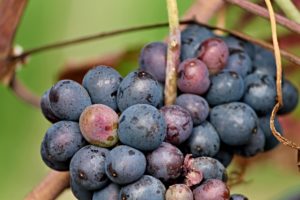
You had me at Merlot! But what is this you say? My varietal is eligible for R&D Tax Credits too? I’ll cheers to that!
The history of the winemaking industry stretches over millennia. Methods and processes created spanning centuries are still very much in use today.Winemaking can be divided into two general categories: still wine production (without carbonation) and sparkling wine production (with carbonation—natural or injected). Red wine, white wine, and rose are the other main categories. Although most wine is made from grapes, it may also be made from other plants, and yet winery owners are constantly implementing new technologies and unique approaches to making their cultivation and fermentation methods more efficient, competitive, and more attractive to the consumer’s palette.
Many wineries fail to claim the Research and Development (R&D) Tax Credit since they don’t know that their daily activities are often considered qualifying research activities (QRAs). Many business owners in the winery industry aren’t aware that these activities, highlighted below, and the expensive wages paid to employees involved in these activities may significantly qualify for the valuable tax incentive. Other expenses may include outside contractors and materials consumed in their development processes, costs typically present for wineries both new or mature.
The constant innovation of the growing, harvesting and aging processes makes this industry a strong contender for the Research and Development Tax Credit. The continuous redesigning and redevelopment of bottling, packaging and distribution techniques make these businesses eligible for federal and state, if available, R&D Tax Credits. The following activities are examples of activities that are eligible for the R&D Tax Credit:
- Developing and improving testing processes.
- Testing product ingredients.
- Developing and improving chemical preservatives.
- Testing products to ensure consistency and shelf life.
- Developing alternative cork products, such as Cellukork and screw caps.
- Improving grape strains.
- Evaluating, developing and improving the growth and harvest process.
- Developing and improving cultivation and fermentation process.
- Testing and developing alternative bottling and packaging techniques.
Plus, with the R&D Tax Credit now permanent, new startup wineries and craft distilleries and breweries may use the R&D Tax Credits against their employer FICA payroll tax liability, a more immediate cash infusion to their growing business regardless of the business’s profitability. If your company conducts activities within the winemaking industry there is a strong likelihood that your company can take advantage of the R&D tax incentive. To learn more about the Research and Development Tax Credit visit our website or connect by email at hello@indagotax.com.
